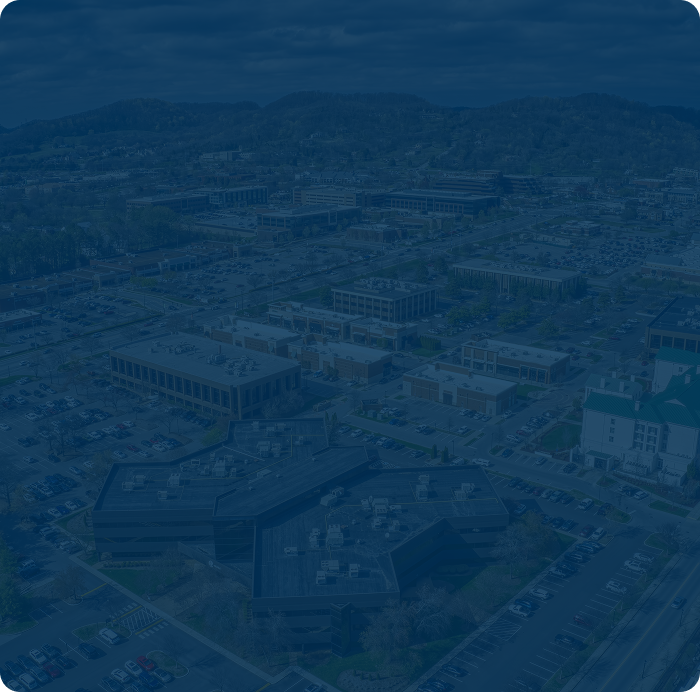Potential Problems- Current Road System and Other Issues
While the introduction of self-driving cars offers many potential benefits, the rise in automated car technology also comes with its own set of issues. Technology is never perfect, and computers can be compromised from a security standpoint. Further, while driverless cars will make our roads safer, they may also result in less desired societal consequences, such as higher unemployment rates.
Some potential problems with self-driving cars are inherent in the current structure and usage of our roadway system. For instance, existing road conditions and signage, as well as the transition period during which some drivers on the road will be using autonomous vehicles and some will be using traditional vehicles, could present serious complications for the implementation of autonomous cars.
Road Condition and Signage
One issue facing self-driving car developers is how to deal with the varying road conditions found across America. Driverless cars use lane markings, which their cameras pick up, to center themselves in the correct lane. Many American roads, though, are deteriorating, with faded markings that are difficult to detect. Moreover, some roads and streets are simply unmarked, presenting quite an issue for driverless cars.
In addition to lane marking problems, the lack of uniformity in road signage and stoplights could also prove to be a hurdle for autonomous car technology. In America, we have very little uniformity in road signage. Even stoplights vary from city to city. While many areas use vertical stoplights, some cities, like Austin, TX, use horizontal ones. Further, when turning lights are introduced in addition to the standard red/yellow/green, you may come across a number of configurations.
While many are calling for standardization and uniformity in order to enable machines to better read road markings and signage, it would likely take years to implement new regulations. Until then, code writers must determine whether and how their systems can adapt to the variations found on roads across our country.
For more reading about this issue, go to http://www.claimsjournal.com/news/national/2016/05/02/270502.htm.
Transitional Time Before all Traditional Cars are Replaced by Level 3 or Level 4 Automated Cars
While proponents of self-driving car technology cite the increased safety of such cars, the time period during which autonomous cars are being introduced could be problematic. A large reason for the increased safety of autonomous cars is that they will all be equipped with advanced cameras and the ability to communicate with each other. These cars will be less likely to collide because they will each be aware of the other.
Unfortunately, though, there will be a long period of time during which automated cars are sharing the roads with traditional, driver-driven cars. These traditional cars are not able to communicate with driverless cars, and they are operated by humans who are prone to erratic behavior. As people drive, they do things like text, check social media, and even send emails on their phones. The presence of human-driven vehicles will heavily negate the increased safety that driverless cars promise to bring. To illustrate this point, consider that the Google cars being tested in full autonomous mode have traveled almost 1.5 million miles and have only been in 15 accidents. Fourteen of those accidents were caused by the fault of the drivers of the non-autonomous cars or trucks.
In addition to the transitional time during which there are some driverless cars and some traditional cars on the road, another concern is the time it takes for a human driver in a partially autonomous car to retake control from the computer system. As self-driving technology is gradually incorporated into cars with features such as adaptive cruise control and autopilot, drivers must still be ready and able to take control of the vehicle when needed. Studies have suggested, though, that drivers rely on the car’s self-driving system too heavily, creating a dangerous lag time when the driver is prompted to retake the wheel. A Stanford experiment showed that when 48 drivers were told to monitor a car in self-driving mode, 13 of those drivers nodded off. When allowed to watch a video or read, however, only 3 did so. Even if awake, though, this study showed that a human driver needs about five seconds to retake control of a vehicle. If a problem is imminent, five seconds can be a long time and can make a huge difference in whether the vehicle gets into an accident.
To read more about the Stanford study, go to http://bigstory.ap.org/article/84c6f179beb24f758a40acac1340ce78/how-can-people-safely-take-control-self-driving-car.
For a scary look at what people do on their phones while driving, visit http://bits.blogs.nytimes.com/2015/05/19/some-people-do-more-than-text-while-driving/?_r=0.
Communication with Pedestrians
Another potential issue is that self-driving cars will have no way to communicate with pedestrians. Human drivers are able to acknowledge pedestrians and cyclists around them, letting them know that their presence is realized and it is safe for them to proceed into a crosswalk or other area. With no driver, however, confusion could occur. One Swedish company has proposed a solution for this by developing a “smiling car.” When a car approaches a crosswalk, it would “smile,” thus letting pedestrians know that they have been seen and are safe to proceed.
To read about additional potential issues involved in the use and implementation of self-driving car technology, visit the following pages:




